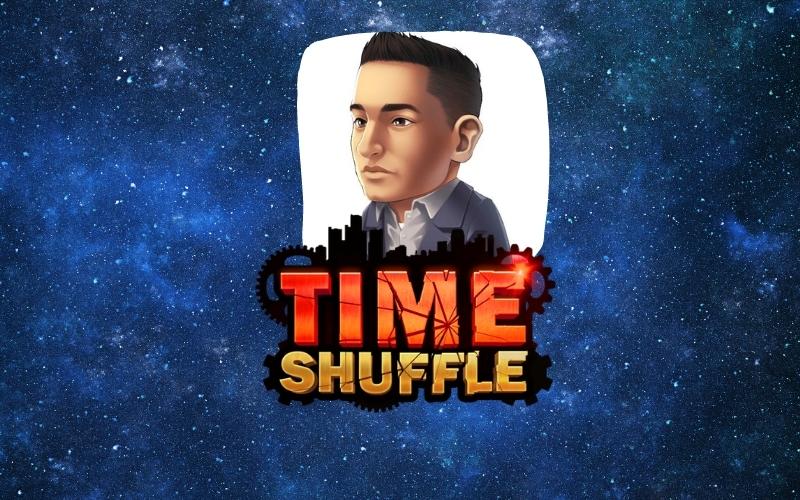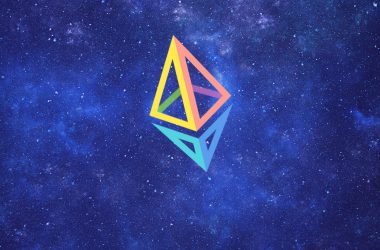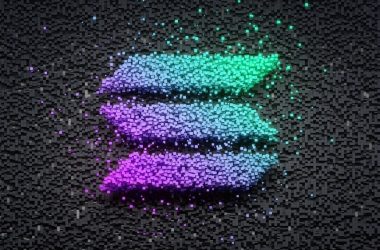Konstantin Dinev, CEO and co-founder of TimeShuffle speaks on the new opportunities for play-and-earn gaming. Blockchain projects went through a steep learning curve in the past decade, and “crypto” became a term spanning finance, Web3, user-generated content and gaming. Now, the challenge is to stand out among all other projects, go beyond the grindset and mix fun games with NFT ownership and rewards.
How are play-to-earn games doing in 2022?
It’s a mixed bag, and a time of regrouping. There are new launches almost all the time, and then the older games are updating their products. But there is also some skepticism about the model, that it’s exploiting players instead of giving them an enjoyable game experience. As a whole, the sector is growing, there is significant trading activity, there is a tier of blue-chip games and some truly advanced productions. So some games are seeing through the P2E model and noticing that what they actually want to build is a play-and-earn game, not just a thinly gamified grinding operation.
What is the difference between play-to-earn (P2E) and play-and-earn?
Play-to-earn arrived first as a use case for the blockchain. Blockchain projects started to look good financially, value flowed in, but for years it was a spot just for dedicated traders. Nothing fun happened. And then one by one, crypto startups decided to build on top of the blockchain just for fun. Fundraising on the blockchain is easier than ever, so it was the perfect time and place for games to take over.
Play-and-earn is the next logical step in this process. Gamers still have their eyes on the prize, but they are enjoying the game. The earnings come second, and the game is not optimized to grind out rewards. Play-and-earn also means bots will not be able to compete, as the game is tailored to human thinking and decision-making. There is just enough change, just enough evolution to make it a fun puzzle for real, engaged players.
What puts apart Web3 projects from Web2?
Bitcoin showed how nodes could coordinate with no central authority. It has worked for 11 years without a hitch. So startups thought about decentralization, about working in a way that cannot be shut down. Web2 was all about social media and sharing, and that quickly became very centralized. So Web3 appeared as a way to keep connectivity, but also avoid censorship. Imagine thousands of coordinating nodes that carry the key data, that structure is very hard to attack when built right.
What are the obstacles to achieving the Web3 goals?
Decentralization is actually not that easy to pull off, especially at scale. What is the optimal number of nodes? Will anyone be willing to make the investment? So it’s a hit-and-miss, some platforms achieve better results and then the projects and games come, because it just makes sense, the network is working, delivering as promised. At this point, the end user does not want to notice the blockchain component, they want it working and hidden away.
People went crazy for NFTs. Some went all-in, others are extremely skeptical. What’s the role of NFTs in Web3 and in blockchain games?
Yes, the NFT standard sparked a real gold rush. Again, it was a hit-and-miss. NFT images built upon the meme culture of Web2, wanted to create a sense of shared language and a community. Look at Bored Ape Yacht Club, it just works, there is a buzzing community, sharing ideas and building. It is not just pictures. And then there are copycat projects, trying to hitch a ride. But the NFT standard, the blockchain token itself is a powerful tool when it comes to gaming. It’s key to decentralization. It means a player can own their in-game assets, with another level of control. They can build a legendary item, a legendary hero and then offer it up to the whole world at an open auction.
What are the challenges of building a blockchain game that will stand out?
First of all it’s important to actually build a game, and not promise vaporware. Game-first approach projects offer much higher quality. Games that go hard after the play-to-earn model sometimes achieve peak earnings potential, only to find soon after that the model is not sustainable. This is why we are focusing more on the play-and-earn model introduced in our game. When the players stay, this builds value for the game economy. And while they are having fun playing the game, they will automatically notice how to earn.
Do you think blockchain games are an extreme version of the pay-to-win model?
Free games will always try to eke out payments, and who is to blame the players, sometimes it’s just fun to have those items. Play-to-earn games know that in-game purchases can be addictive. So some of them will try to push that model to its limits, by offering NFT items dubbed “epic” or “unique”. It would be fun to play such games with advancements, but there needs to be a real use case, not just a promise. So now there are literally hundreds of potential players, holding items from a game that does not yet exist.
What are the biggest challenges to users when picking up a new game?
Some games have real barriers to entry. Only insiders or streamers or rich organizations can easily drop hundreds of dollars just for the privilege of playing. So this initial investment in blockchain games means also user growth will be restricted. And then there is the matter of attention – there are just too many new games and limited time.
What makes players come back to a game?
It has to be fun. We learned a lot about what makes games a big hit, what makes users stay longer – just the right level of challenge, the sense of achievement. And the team has to be creative, the right updates at the right time will keep people coming back for more. Then there’s the competitive element, winning a tournament prize can be a great incentive. This is where NFT comes in – you did the work, you got your rare trophy.
What are the biggest challenges in blockchain space right now?
Blockchain now spans many use cases, it’s everything. It’s finance, it’s Internet infrastructure, it’s a community of builders and users. So people are still trying to figure it out, test the water, see where there are real benefits.
The biggest challenge is to onboard regular, everyday users who may be confused or call the whole thing a fraud. Traditional gamers don’t know much about crypto, so there is no way to spark their enthusiasm by just mentioning “blockchain technology”, that moment has passed. There is a reason we want to build TimeShuffle with a game-first approach. We can become an entry point for non-crypto users to try out the game and then as an option, also choose to use the crypto opportunities.
So the biggest challenge is to show the real value of the project and to demonstrate it’s here for the long run.
Tell me more about TimeShuffle – what are the game’s central goals?
The goal is to show players how fun it is to start from scratch and build up to a legendary team. We started with the lore based on time travel. Two factions are at war, one wants to keep the timeline and the other to change it. So they battle it out and each has surprising skills, so it’s always a close match. Then we want the players to work toward progress, and be able to keep this on the blockchain.
Why did you pick Avalanche as your network of choice?
Avalanche learned from other networks and solved major problems of scaling and security. The Avalanche protocol is light enough so that any computer can run it, and this achieves real decentralization. Anyone on the globe can validate the network. It is also very fast and much cheaper, there are no surprise gas fees. And it is also compatible with the MetaMask wallet, so there is no big learning curve, no need for players to take extra steps to connect. Avalanche built a community and there are many startups that host NFT markets. There is a lot of building, a lot of enthusiasm going on with Avalanche.
What are the chief play-and-earn features of TimeShuffle?
First, we are looking forward to using NFT. But there will also be a reward mechanism, we are working on its final form. The game will use a two-token model. One, you own a token that gives you the right to vote. This token will have a limited supply, so the community of owners will decide the game’s future. Then there will be the inflationary token, which can be created or burned and will reward players over the course of the game. But most importantly, TimeShuffle will be a play-AND-earn game, the winnings will come naturally, and players will not have to grind mercilessly all day.
Follow @TimeShuffleGame for game progress updates and fun opportunities.










